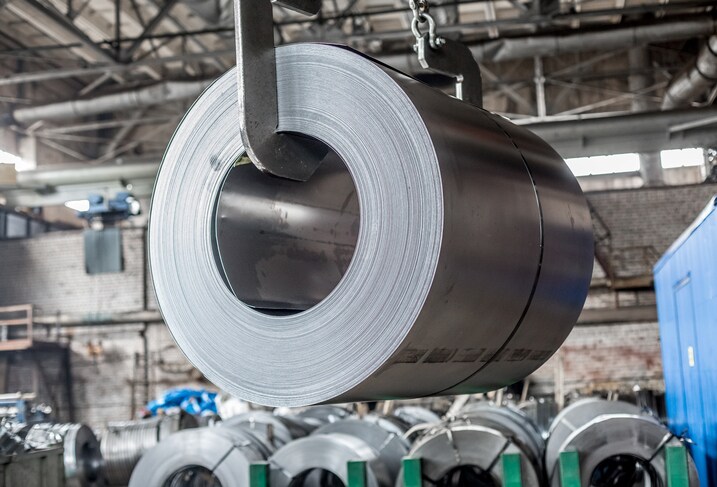 Nickel is a popular alloying metal used to make austenitic (nickel-bearing) stainless steel. Nickel alloys are widely used in the aerospace industry to make turbine blades, discs and other critical jet engine parts because they provide excellent adhesion, corrosion protection, hardness, wear and erosion resistance, and it is appropriate for applications where stress needs to be minimized. In aircraft engines, which operate at very high temperatures and stresses, special nickel-based alloys are used.
Nickel is a popular alloying metal used to make austenitic (nickel-bearing) stainless steel. Nickel alloys are widely used in the aerospace industry to make turbine blades, discs and other critical jet engine parts because they provide excellent adhesion, corrosion protection, hardness, wear and erosion resistance, and it is appropriate for applications where stress needs to be minimized. In aircraft engines, which operate at very high temperatures and stresses, special nickel-based alloys are used.
X-ray fluorescence (XRF) is a proven technology for the elemental analysis of specialty alloys to ensure the correct alloys are combined in the right percentages and the finished material meets precise manufacturing specifications. Handheld XRF analyzers are purpose-built to provide the highest quality analysis and verification necessary for the full range of aerospace alloys, including high-temp, nickel, titanium, aluminum alloys and superalloys because they can determine the elemental composition of a sample within seconds.
Now Japanese scientists have identified a metal that may surpass even nickel superalloys for aerospace applications. According to an article on ScienceDaily.com, the new alloy is a titanium carbide (TiC)-reinforced, molybdenum-silicon-boron (Mo-Si-B)-based alloy, or MoSiBTiC, whose high-temperature strength was identified under constant forces in the temperature ranges of 1400°C -1600°C that may be suited for applications including in aircraft jet engines and gas turbines for electric power generation.
“Our experiments show that the MoSiBTiC alloy is extremely strong compared with cutting-edge nickel-based single crystal superalloys, which are commonly used in hot sections of heat engines such as jet engines of aircrafts and gas turbines for electric power generation,” said lead author Professor Kyosuke Yoshimi of Tohoku University’s Graduate School of Engineering.
“This work suggests that the MoSiBTiC, as ultrahigh temperature materials beyond nickel-based superalloys, is one promising candidate for those applications,” added Yoshimi.
Yoshimi and colleagues report several parameters that highlight the alloy’s favorable ability to withstand disruptive forces under ultrahigh temperatures without deforming. They also observed the alloy’s behavior when exposed to increasing forces and when cavities within MoSiBTiC formed and grew, resulting in to microcracks and final rupturing.
The researchers hope to keep refining their findings in their future endeavors. “Our ultimate goal is to invent a novel ultrahigh temperature material superior to Nickel-based superalloys and replace high-pressure turbine blades made of Nickel-based superalloys with new turbine blades of our ultrahigh temperature material,” said Yoshimi. “To go there, as the next step, the oxidation resistance of the MoSiBTiC must be improved by alloy design without deteriorating its excellent mechanical properties. But it is really challenging!”
The study was published in Nature’s open access journal Scientific Reports.
Additional Resources:
- Download our free eBook: A Practical Guide to Improving Steel Manufacturing Processes and Production Methods
- Visit our center for Improving Steel Manufacturing Processes and Production







Leave a Reply